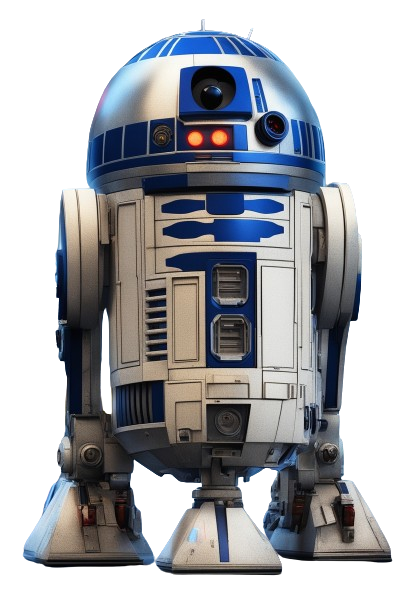R2D2
Residual-to-Residual DNN series for high-Dynamic range imaging
"Did you know that R2D2 is a DNN series?"
R2D2 takes a hybrid structure between a Plug-and-Play (PnP) algorithm and a learned version of the well-know "Matching Pursuit" algorithm. Its reconstruction is formed as a series of residual images, iteratively estimated as outputs of Deep Neural Networks (DNNs) taking the previous iteration’s image estimate and associated data residual as inputs. R2D2's primary application is to solve large-scale high-resolution high-dynamic range inverse problems for RI in radio astronomy, more specifically 2D planar monochromatic intensity imaging. R2D2 provides significant acceleration of the image reconstruction process over highly iterative PnP and proximal (optimisation) algorithms, while maintaining imaging precision. It thus opens the door to ultra-fast precision imaging.
As of early 2025, the transfer of R2D2 to MRI and ultrasound imaging in medicine is the subject of active developments at BASP, as well as lifting R2D2 for 2D spherical imaging (S-R2D2), and endowing the algorithm with uncertainty quantification functionality. Stay tuned!
Papers & Codes 
